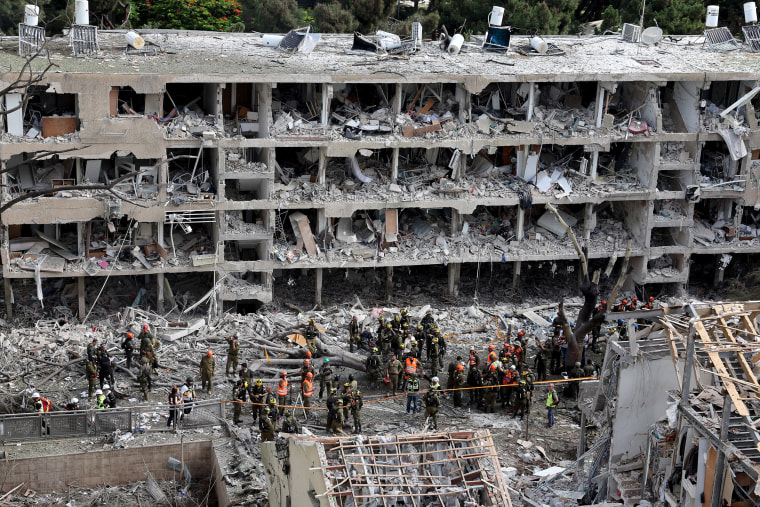On Saturday, June 21, 2025, the United States military us bombs Iran carry out significant strikes against three key Iranian nuclear facilities: Fordow, Natanz, and Isfahan. The extent of the damage is still being assessed, but initial reports from U.S. Officials and satellite imagery suggest severe and extensive damage.

Here’s a breakdown of what is known so far about the damage:
U.S. Claims and Military Details:
“Operation Midnight Hammer”: The Pentagon revealed details of the mission, dubbed “Operation Midnight Hammer.” It involved seven B-2 Spirit stealth bombers that flew from the U.S. to Iran.
Massive Ordnance Penetrators (MOPs):
A total of 14 GBU-57 Massive Ordnance Penetrator “bunker buster” bombs, each weighing 30,000 pounds, were used. This marks the first operational use of these powerful bombs, designed to penetrate hardened underground facilities.
us bombs iran

Tomahawk Cruise Missiles:
Over two dozen Tomahawk land attack cruise missiles were also launched from a U.S. submarine, targeting key infrastructure at the Isfahan site.
President Trump’s Assessment: President Donald Trump stated in a national address that “Iran’s key nuclear enrichment facilities have been completely and totally obliterated” and that the strikes were a “spectacular military success.” He also claimed “the biggest damage took place far below ground level.”
Pentagon’s Initial Assessment:
us bombs iran
Air Force Gen. Dan Caine, Chairman of the Joint Chiefs of Staff, stated that initial battle damage assessments indicate that “all three sites sustained extremely severe damage and destruction.” Defense Secretary Pete Hegseth added that they believe they achieved “destruction of capabilities” at Fordow, the primary target.

Deception Tactics: The U.S. reportedly employed several deception tactics, including decoys and fighter jets clearing the airspace, to ensure surprise. No shots were reportedly fired at the U.S. aircraft.
Damage at Specific Facilities (Based on Satellite Imagery and IAEA Reports):
Fordo (Underground Uranium Enrichment Facility):
This is Iran’s most heavily fortified site, buried approximately 300 feet (80 meters) deep inside a mountain. Satellite images from Maxar Technologies (taken June 22) show six probable entry-point craters on the ridge above the underground complex, indicating that the bunker-buster bombs successfully penetrated the surface. The ground around these points appears disturbed and covered in ash.
While U.S. officials claim severe damage, the degree of damage inside the uranium enrichment halls is hard to determine with certainty from satellite imagery due to its deep burial. Some experts suggest the facility is likely “toast,” while others indicate it may be “severely damaged” but not entirely destroyed.
An Iranian source claimed that most of the near weapon-grade 60% highly enriched uranium had been moved from Fordow to an undisclosed location before the U.S. attack.
Natanz (Uranium Enrichment Facility):
This is Iran’s largest enrichment complex. It had already sustained significant damage from prior Israeli strikes.
Satellite imagery (Maxar, June 22) shows an approximately 5.5-meter diameter hole or crater directly over part of the underground complex.
The IAEA Director General, Rafael Mariano Grossi, confirmed that Natanz was hit again with ground-penetrating munitions. He also stated that above-ground structures were “completely destroyed” in earlier Israeli strikes, and the underground halls likely “suffered a lot” due to electricity cuts.
Isfahan (Nuclear Technology Center):
This site includes a uranium conversion facility and fuel fabrication plants. It had also been hit several times by Israeli strikes.
Satellite images (Maxar, June 22) show extensive building damage across the facility, including structures related to the uranium conversion process.
IAEA Director General Grossi confirmed that “entrances to underground tunnels at the site were impacted,” and “other buildings” sustained damage.
IAEA and Iranian Statements:
No Off-Site Radiation Increase: The International Atomic Energy Agency (IAEA) and Iranian regulatory authorities have confirmed there has been no increase in off-site radiation levels following the attacks at Fordow, Natanz, and Isfahan. Grossi warned that bombing nuclear facilities “could result in radioactive releases with grave consequences,” but stated that the risk of off-site contamination from the targeted facilities (containing natural or low-enriched uranium) is low.
Iran’s Stance: Iran’s Atomic Energy Organization confirmed the attacks but insisted its nuclear program “will not be stopped” and that the underground complex at Fordow had “not suffered any irreversible damage.”
Overall Assessment:
While official Iranian statements downplay the extent of the damage, U.S. and satellite intelligence suggest that the strikes have inflicted extremely severe damage on Iran’s key nuclear facilities, particularly Fordow. The use of bunker-buster bombs on deeply buried sites and precision strikes on other critical infrastructure indicates a concerted effort to significantly set back Iran’s nuclear enrichment capabilities. The full long-term impact on Iran’s nuclear program will become clearer with time and further assessments by international bodies.
Join our socials
https://www.instagram.com/stranacmedia/
https://x.com/stranacmedia

